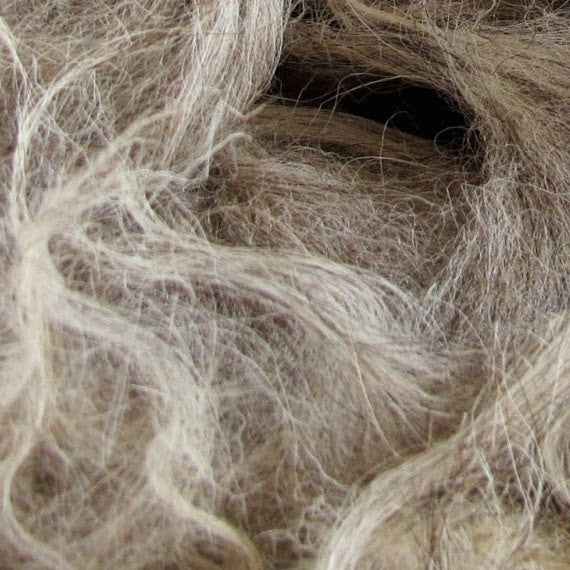
Wool 101 - the quickest guide to understanding wool
Posted by MAJALIWA BASS
Wool 101 - the quickest guide to understanding wool
Posted by MAJALIWA BASS
How to Cloth Diaper - cloth diaper terms, a list of what to buy, money saving tips, and video tutorials
Posted by MAJALIWA BASS
How to Cloth Diaper - cloth diaper terms, a list of what to buy, money saving tips, and video tutorials
Posted by MAJALIWA BASS
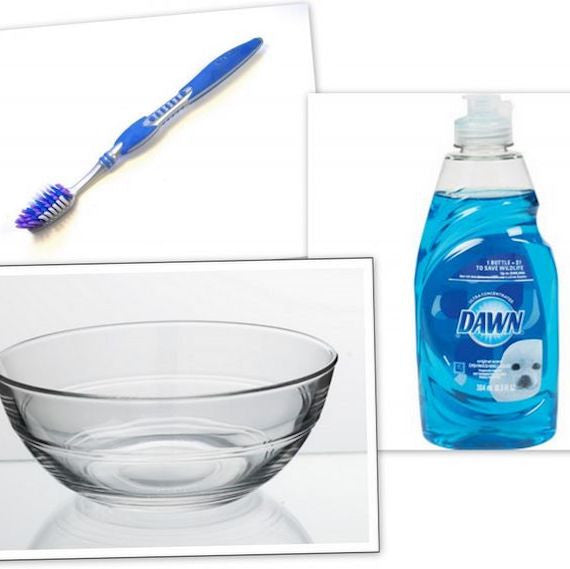
5 steps to remove rash cream from your cloth diapers
Posted by MAJALIWA BASS
5 steps to remove rash cream from your cloth diapers
Posted by MAJALIWA BASS
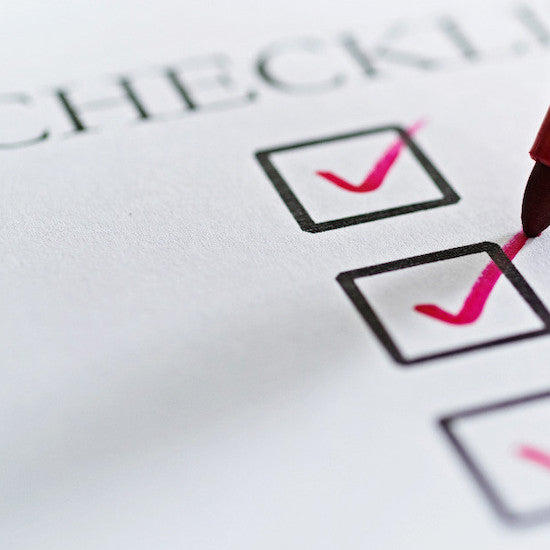
Cloth Diapering Essentials - a checklist of what you REALLY need to cloth diaper your baby
Posted by MAJALIWA BASS
Cloth Diapering Essentials - a checklist of what you REALLY need to cloth diaper your baby
Posted by MAJALIWA BASS
Cloth diaper shopping tips
Posted by MAJALIWA BASS
Cloth diaper shopping tips
Posted by MAJALIWA BASS
Types of Cloth Diapers - descriptions, costs, pros and cons, and a tutorial video
Posted by MAJALIWA BASS
Types of Cloth Diapers - descriptions, costs, pros and cons, and a tutorial video
Posted by MAJALIWA BASS
Fleece Cloth Diaper Covers - washing, care and use instructions
Posted by MAJALIWA BASS
Fleece Cloth Diaper Covers - washing, care and use instructions
Posted by MAJALIWA BASS

4 Essential Tips for Optimizing Your Cloth Diaper Routine
Posted by MAJALIWA BASS
This article provides 4 essential tips for optimizing your cloth diaper routine, including using disposable liners, choosing natural ointments, and ensuring a good fit for your baby's diapers. It also offers product recommendations for items like the Thirsties Duo Wrap, OsoCozy Flushable Liners, and Pooters Skin Therapy to make diapering your baby a breeze.
4 Essential Tips for Optimizing Your Cloth Diaper Routine
Posted by MAJALIWA BASS
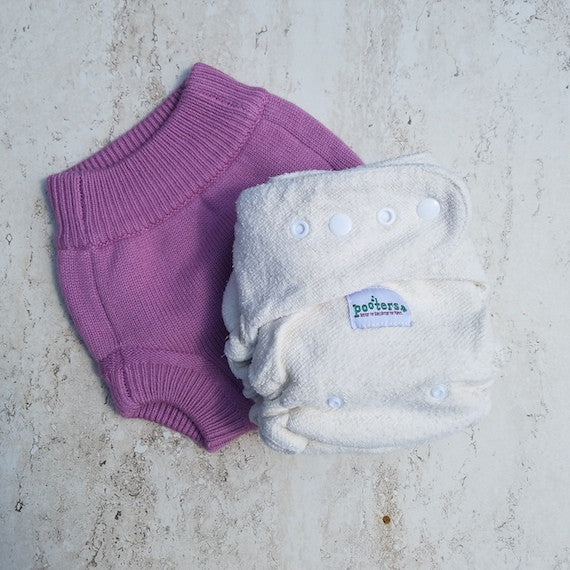
2 tried and true methods for getting stains out of your woolie
Posted by MAJALIWA BASS
2 tried and true methods for getting stains out of your woolie
Posted by MAJALIWA BASS
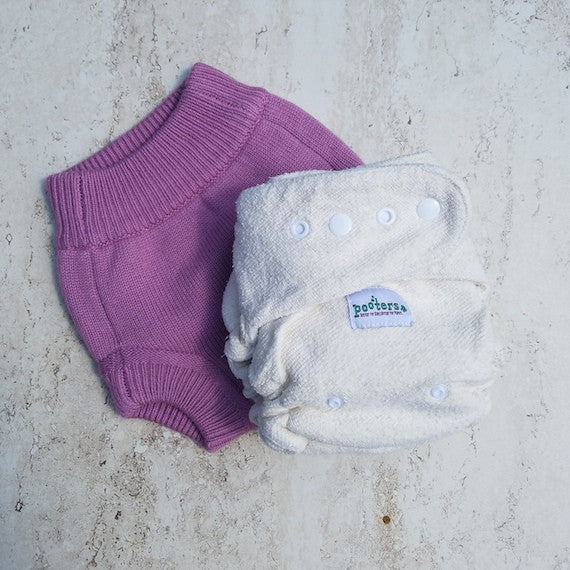
Wool 102 - how to wash and lanolize wool cloth diaper covers
Posted by MAJALIWA BASS
Learn how to care for and lanolize your wool in just 8 simple steps. Plus, learn how to restore shrunken wool and how to remove stains from your wool.
Wool 102 - how to wash and lanolize wool cloth diaper covers
Posted by MAJALIWA BASS

Wool 103 - How to store wool for extended periods of time
Posted by MAJALIWA BASS
Wool 103 - How to store wool for extended periods of time
Posted by MAJALIWA BASS
Vinegar - how to use vinegar safely with your cloth diapers
Posted by MAJALIWA BASS
Vinegar - how to use vinegar safely with your cloth diapers
Posted by MAJALIWA BASS
Cloth Diaper shopping tips to help you save money while cloth diapering
Posted by MAJALIWA BASS
Cloth Diaper shopping tips to help you save money while cloth diapering
Posted by MAJALIWA BASS
Yeast Diaper Rash: Identification, Treatment, and Prevention Tips for Parent
Posted by MAJALIWA BASS
This article provides information on yeast diaper rash, including how to identify, cure, and prevent it. It also includes tips for parents, such as keeping the area clean and dry, applying a medicated cream, and using a diaper cream regularly to prevent diaper rash.
Yeast Diaper Rash: Identification, Treatment, and Prevention Tips for Parent
Posted by MAJALIWA BASS
Vinyl vs PUL cloth diaper covers - which is better?
Posted by MAJALIWA BASS
Vinyl vs PUL cloth diaper covers - which is better?
Posted by MAJALIWA BASS



